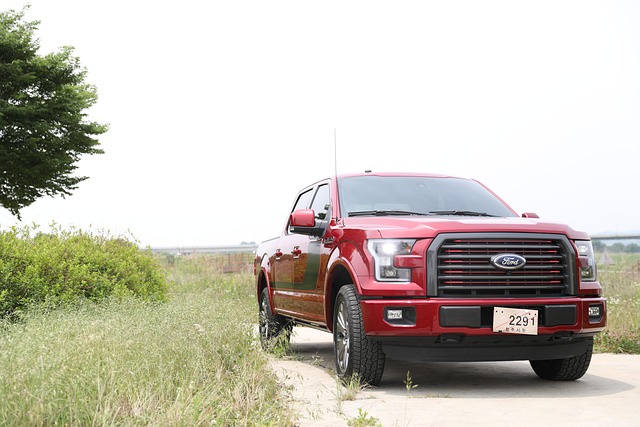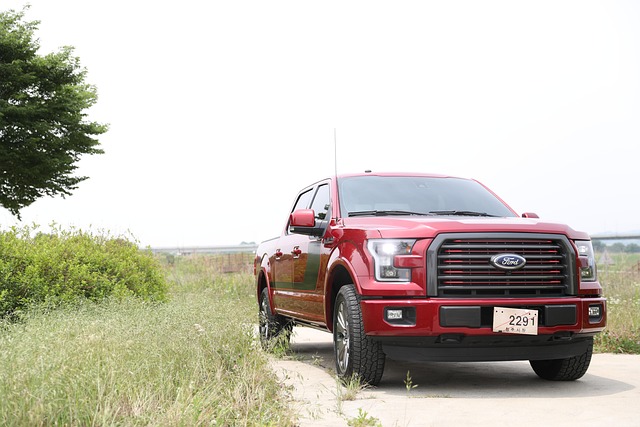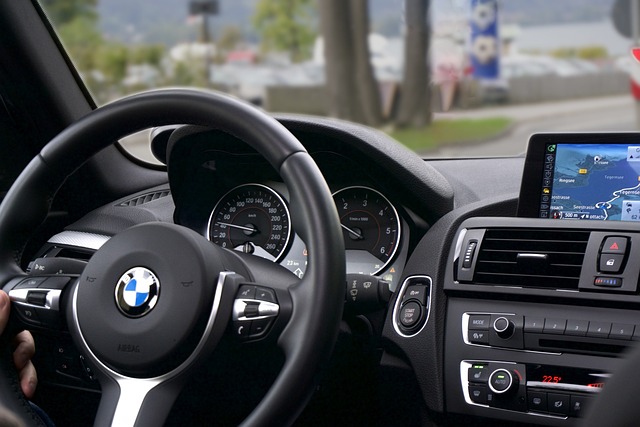“Unsure about registering your car in California? This comprehensive guide breaks down the process step-by-step, ensuring a smooth experience. From understanding eligibility requirements and gathering essential documents for a DMV VIN verification to navigating fees and common issues, we’ve got you covered. Learn how to register your vehicle efficiently in California today.”
- Eligibility Requirements for Car Registration in California
- Gather Necessary Documents for DMV Vin Verification
- The Step-by-Step Process of Registering Your Vehicle in CA
- Understanding Fees and Payment Methods for California Car Registration
- Common Issues and Solutions During the Registration Process with DMV VIN Verifier
Eligibility Requirements for Car Registration in California

To register a car in California, you must first meet certain eligibility requirements set by the Department of Motor Vehicles (DMV). One crucial aspect is ensuring your vehicle is in compliance with state safety and emissions standards. All vehicles, new or used, must pass a vin inspection to verify their authenticity and history. This process involves checking the Vehicle Identification Number (VIN) using a reliable method like a DMV VIN verifier or a mobile VIN verifier app.
Additionally, you’ll need valid documents such as proof of ownership, insurance, and identification. The vehicle’s title should be in your name, and you must present it during the registration process. A valid driver’s license or state-issued ID is also mandatory. If you’re importing a car, you might require additional paperwork, including a Bill of Sale and any necessary emissions certifications. Always refer to the DMV guidelines for specific requirements, especially when dealing with out-of-state vehicles or unique circumstances.
Gather Necessary Documents for DMV Vin Verification

To register your car in California, you’ll need to gather several key documents for the DMV’s vin verification process. First and foremost, ensure you have the vehicle’s Registration Application (Form DVF 140), which can be obtained from the California Department of Motor Vehicles (DMV) website or local field office. Additionally, you must provide a valid driver’s license or ID card, proof of insurance, and the necessary fees.
For a smoother process, consider having your vehicle’s Vehicle Identification Number (VIN) ready for immediate inspection. This unique code can be found on the vehicle’s certificate of origin, purchase agreement, or even on the driver’s side door jamb. If you’re opting for a mobile vin verification service, make sure to download a reputable app that facilitates this process, ensuring convenience and potentially saving you time at the DMV.
The Step-by-Step Process of Registering Your Vehicle in CA

Registering a car in California involves a straightforward process, though it’s essential to follow each step meticulously. Begin by gathering all necessary documents, including your vehicle’s registration from the previous state (if applicable), proof of insurance, and a valid driver’s license. Next, visit a California Department of Motor Vehicles (DMV) office or use their online services to initiate the registration process.
The key step is obtaining a Vehicle Identification Number (VIN) verifier, which can be done through the DMV’s website or by visiting an authorized agent. This verifier ensures your vehicle’s history is accurate and helps in preventing fraud. After verifying, submit all required documents and wait for processing. If you prefer a faster and more convenient option, consider a mobile VIN inspection or verification service that allows you to complete the process from the comfort of your home or office.
Understanding Fees and Payment Methods for California Car Registration

When registering your car in California, understanding the associated fees is key to a smooth process. The California Department of Motor Vehicles (DMV) charges various fees for car registration, which can vary based on vehicle type and age. One important service to consider is the DMV’s Vehicle Identification Number (VIN) verifier, ensuring your vehicle’s authenticity and history.
Payment methods accepted by the DMV include cash, credit cards, and debit cards. For a mobile vin verification or inspection, some third-party services may offer convenient options like online payments or in-app transactions. Remember, accurate and up-to-date information is crucial when paying for your registration to avoid any delays.
Common Issues and Solutions During the Registration Process with DMV VIN Verifier

During the car registration process with the DMV, one common issue that arises is difficulty in obtaining a valid dmv vin verifier. This can be attributed to various reasons such as faulty vehicle diagnostics or miscommunication regarding the requirements. To overcome this, ensure your vehicle’s OBD-II port is functioning correctly and all necessary documents for the vin inspection are readily available. A helpful alternative is to utilize mobile vin verification services that can provide quick, on-site vin verifier solutions, streamlining the process significantly.
Another potential problem involves errors in interpreting the vehicle’s identification number (VIN). Clear communication with the DMV and utilizing reliable vin verifier tools are key to avoiding these issues. In some cases, seeking assistance from a professional or using advanced mobile vin verifier applications can help resolve VIN discrepancies, ensuring a smooth registration process.
Registering a car in California is a straightforward process once you understand the requirements. By gathering all necessary documents, including proof of eligibility and ownership, and following the step-by-step guide provided, you can efficiently complete the registration at a DMV Vin Verifier. Remember to be prepared with your ID, vehicle paperwork, and any additional fees to ensure a smooth experience. With this comprehensive approach, you’ll have your California car registered in no time.
